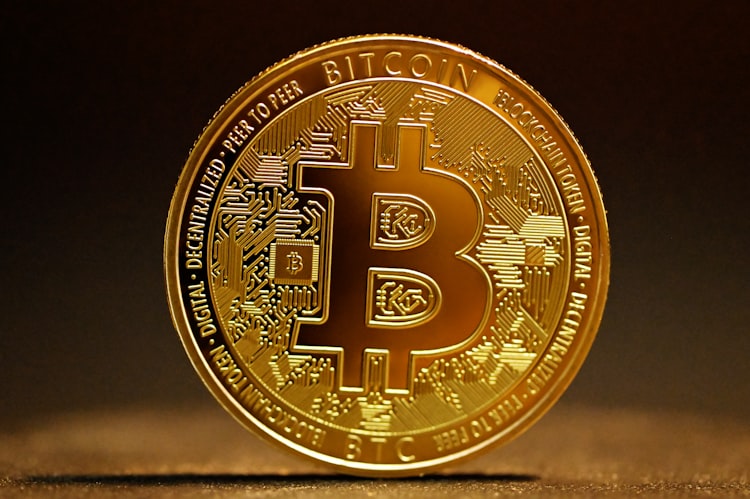Why Does Crypto Go Up and Down?

It is usual for currencies to fluctuate now and then. This includes cryptocurrencies as well. In the money market, there are always strong forces at play. No one can control these forces.
Although we humans try to gain control even though complete control is inevitable. So why does crypto go up and down? There are various reasons for this, as indicated below.
Supply
Supply and demand greatly influence crypto fluctuation. Supply is the quantity of products suppliers are willing to produce at a given amount and a specific time.
If the supply of crypto increases and the demand is constant, the crypto price will decrease. Most cryptocurrencies have a maximum fixed supply limit, though. This limit helps prevent flooding of crypto in the market, which might result in a loss of value.
How the supply limit is achieved is by controlling mining. In mining, rewards are given per fixed block. Some crypto mechanisms also burn tokens by sending them to an unrecoverable blockchain. Controlling supply is vital in the crypto market.
Demand
Demand is the number of products consumers are willing to buy at a given amount and a particular time. When the demand for crypto increases and the supply is constant, the crypto price will increase.
This is because there is a limited number of crypto in the market. Bitcoin is one of the cryptos whose price has been significantly increasing. Thanks to reducing its supply. All in all, demand is one of the main reasons cryptocurrencies go up and down.
Internal Governance and Regulations
Cryptocurrencies lack a regulatory framework. However, developers have come up with internal governance. In contrast, a community sets up some rules to allow smooth trading. These rules can gravely influence the fluctuation of crypto, especially if they are unstable.
There are always questions on who should control cryptocurrency exchanges. This confusion has an impact on crypto fluctuation as well, though minimal.
Cost of Production
Production cost is the amount of cost incurred during mining crypto. Some of the costs include; fees, labor, cost of equipment, etc.
If the mining cost increases, most miners won’t mine crypto. In turn, the supply of crypto will decrease. If supply decreases, demand increases, pushing the price of crypto upwards.
When the mining costs are lower supply of crypto increases leading to price reduction. Both ways lead to crypto going up and down.
Competition
In any market, competitors are always known to influence the prices of products. In the crypto market, the entry barrier is low. It is easy for new competitors to join the market. When the number of competitors in the crypto market increases, they push the crypto price down.
This is because the supply of crypto will be high. However, new competitors find it hard to survive in the crypto market.
Conclusion
Fluctuation in the crypto market is normal, especially since the market is highly volatile. As an investor, you should always keep track of trends and patterns to prevent losses. Overall analyzing the market is crucial.




